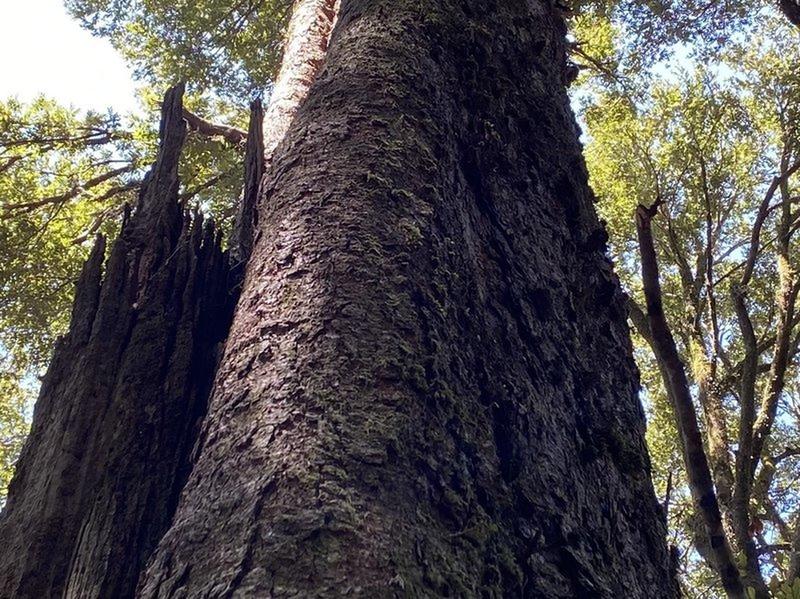If you've been lucky enough to visit national parks and forests, or visited other countries who are home to jungles with centuries old plant life, you know just how big a tree can get. When given time and conditions to grow, trees can grow to incredible sizes, ages, and strengths.

As amazing as these trees are, our rapid growth and need for wood has caused many of some of the oldest trees in existence to be decimated. We destroy these trees without impunity, not thinking about just how long it takes for a tree to grow to that magnificence.
Many of our direct actions harm trees, but not only are our direct actions to blame. The general global warming of the planet that is accelerated by our actions is also a cause for the tree's destruction. That is why we are seeing an increase in shorter, younger trees in our forests.
When we were kids in school, we were taught that telling a tree's age was as easy as counting the rings inside of its trunk. The only problem with that is that you have to kill the tree to check. That's about as much irony as anyone should be able to handle. Trees are routinely cut and destroyed for our necessities, and they are also destroyed through wildfires that are exacerbated due to our effects on the environment. Even when we don't directly harm forests, our longstanding actions can.

The Gondwana Rainforests are ancient rainforests in Australia that have been burned by the wildfires that took place earlier in the year. A study has discovered that over the past century, the forest has lost about a third of its old growth, which means its oldest trees.
What we once knew as forests will not be how they look for future generations. In fact, there could be a day where forests are nothing more than a distant memory. The reason why is due to deforestation, developments, rising temperatures, and climate-induced disasters. This is all according to the newest study. The biggest, oldest trees are being destroyed at a high rate, and it is often these trees that act as beacons of health for the rest of the forest.

The study states that these issues are global, yet they are happening at different rates in different areas. Ultimately, it is something that will affect the globe. The old growth helps other endangered plants and young plants to grow because they have large quantities of carbon dioxide. One third of these old growth forests have been destroyed in the past 115 years.
Nate McDowell is the lead author on the study. According to him, the main reason is logging, wildfires, insect outbreaks, and warming temperatures. "Perhaps more concerning is that the trajectory of all these disturbances are generally increasing over time and are expected to continue increasing into the future.” McDowell has been working with the US Department of energy's Paciifc Northwest National Laboratory to specifically test how trees are affected by rising temperatures.

McDowell, who works with the U.S. Department of Energy's Pacific Northwest National Laboratory, is a tree physiologist by training. His focus is on how trees are affected by rising temperatures, arguably the biggest driver of forest change. "I would recommend that people try to visit places with big trees now, while they can, with their kids. Because there's some significant threat, that might not be possible sometime in the future."